Hair loss can have a significant impact on a person’s confidence and self-image, which is why hair transplants have become an increasingly popular solution for those seeking natural and permanent results. However, one important aspect many people overlook when considering this procedure is the possibility of hair transplant scars. Understanding how these scars form, what they look like, how they can be minimized, and what treatments exist to make them less noticeable is essential if you’re planning to undergo a hair restoration procedure.
In this article, we will cover everything you need to know about hair transplant scars, from the techniques used to reduce scarring to aftercare tips and long-term solutions. Whether you’re researching Follicular Unit Extraction (FUE) or Follicular Unit Transplantation (FUT), being informed about scarring will help you make the best decision for your hair restoration journey.
Types of Hair Transplant Techniques and Their Impact on Scarring
Before diving deeper into how to manage hair transplant scars, it’s helpful to understand the two most common techniques: FUT and FUE. Both are effective, but they leave different types of scars.
smart Follicular Unit Transplantation (FUT) Scarring
FUT, sometimes called the strip method, involves removing a thin strip of scalp tissue from the donor area, usually at the back of the head. The surgeon then dissects this strip into individual follicular units, which are implanted into thinning or balding areas.
This method can result in a linear scar along the donor site. The size of the scar depends on the strip’s length and width and the patient’s healing ability. While skilled surgeons use advanced closure techniques to make the scar as fine as possible, people who prefer short hairstyles might still find it visible.
smart Follicular Unit Extraction (FUE) Scarring
FUE is widely popular today because it tends to leave less noticeable hair transplant scars. In this method, each follicular unit is extracted individually using a tiny circular punch tool, usually less than 1 mm in diameter. This approach avoids the linear scar associated with FUT, but it does leave numerous tiny round scars scattered throughout the donor area.
While these tiny scars are hard to spot, especially when the surrounding hair grows out, shaving your head very short may make them noticeable under certain lighting conditions.
Factors That Influence Hair Transplant Scars
Understanding the factors that can influence the extent and visibility of hair transplant scars will help you plan better and set realistic expectations.
1. Surgeon’s Skill and Technique
Perhaps the most crucial factor is the experience and skill of the surgeon. Precise extraction, careful placement of grafts, and proper closure techniques for FUT can make a significant difference in how the scars heal.
2. Skin Type and Healing Response
Everyone’s skin heals differently. Some people naturally develop thicker, raised scars called keloids, while others heal with minimal marks. Factors such as age, skin elasticity, and overall health also play a role.
3. Post-Surgery Care
Following your surgeon’s aftercare instructions is vital to reducing the risk of noticeable scars. Keeping the scalp clean, avoiding strenuous activities, and not picking at scabs can all contribute to better healing.
How to Minimize Hair Transplant Scars Before Surgery
One of the best ways to minimize the appearance of hair transplant scars is to plan ahead and choose the right approach for your needs.
1. Research Your Surgeon
Do thorough research when selecting a surgeon. Look at their portfolio, patient reviews, and before-and-after photos. A skilled and experienced surgeon will use advanced techniques to minimize visible scarring.
2. Discuss Scarring Concerns
Before your procedure, be open about your concerns regarding hair transplant scars. A reputable specialist will help you understand what to expect and suggest the best method for your goals and lifestyle.
3. Choose the Right Technique
If you plan to wear very short hairstyles, FUE may be preferable because it produces less visible scarring than FUT. However, FUT might still be the best option for some people, especially those needing a larger number of grafts. It’s all about balancing your goals with the realities of each method.
Post-Procedure Tips to Reduce Hair Transplant Scars
Your role in caring for your scalp after surgery is just as important as the surgeon’s technique.
1. Follow All Aftercare Instructions
Keep the donor and recipient areas clean and dry as instructed. Avoid scratching or picking at scabs since this can cause infection or increase the risk of noticeable scarring.
2. Avoid Direct Sunlight
Protecting your scalp from the sun is critical in the healing phase. UV rays can darken scars and make them more noticeable. Wear a loose-fitting hat when outdoors.
3. Avoid Smoking and Alcohol
Smoking and excessive alcohol can hinder your body’s healing abilities. For best results, avoid these before and after your procedure.
4. Eat a Healthy Diet
Proper nutrition can speed up healing and reduce scarring. Eat a balanced diet rich in vitamins and minerals that support skin repair.
Lifestyle Tips to Keep Scars Discreet
Over time, hair transplant scars tend to fade and become less noticeable, but there are lifestyle tips you can follow to keep them concealed.
1. Keep Hair at a Suitable Length
If you have an FUT scar, wearing your hair slightly longer will naturally cover the linear line. For FUE, a short buzz cut may still hide the dot scars effectively, but a shaved head might expose them.
2. Use Hair Fibers or Concealers
Hair fibers and concealers can temporarily cover visible scars, especially in bright lighting or special occasions. These products cling to existing hair and skin, creating a denser look.
3. Stay Hydrated and Care for Your Scalp
Healthy skin heals better and looks smoother over time. Keep your scalp hydrated and use gentle, non-irritating products to maintain scalp health.
Final Thoughts
Hair restoration is a life-changing procedure for many people who want to regain their confidence and a youthful appearance. Understanding hair transplant scars and setting realistic expectations will help you feel more prepared and comfortable when planning your procedure.
If you’re considering a hair transplant, remember that the method you choose, the surgeon’s skill, and your commitment to aftercare all play vital roles in minimizing visible scarring.

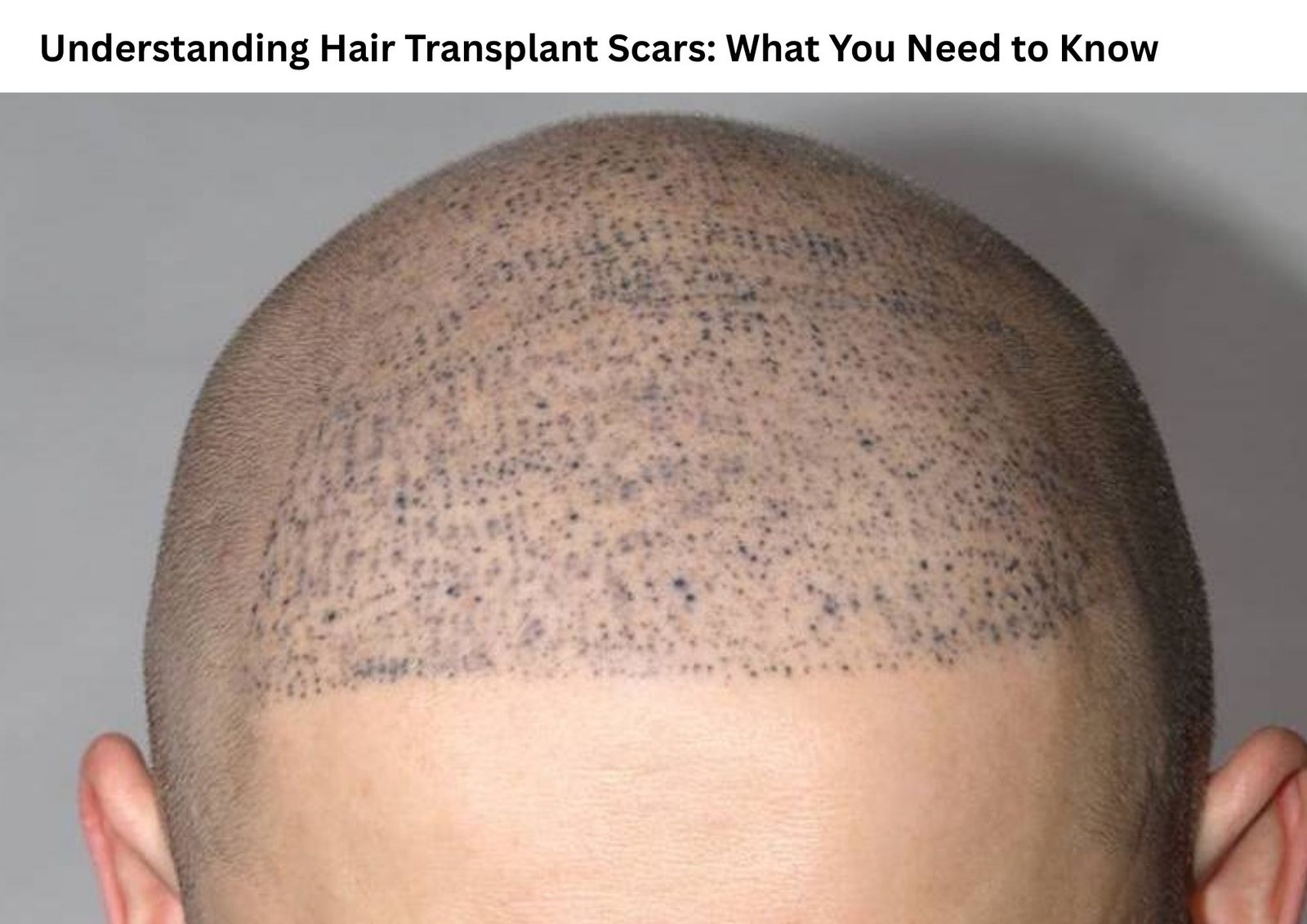
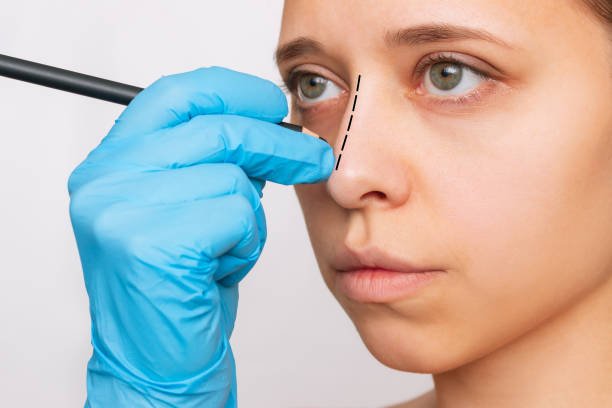
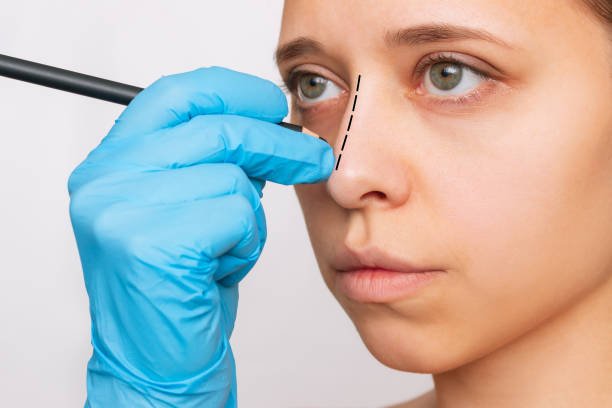







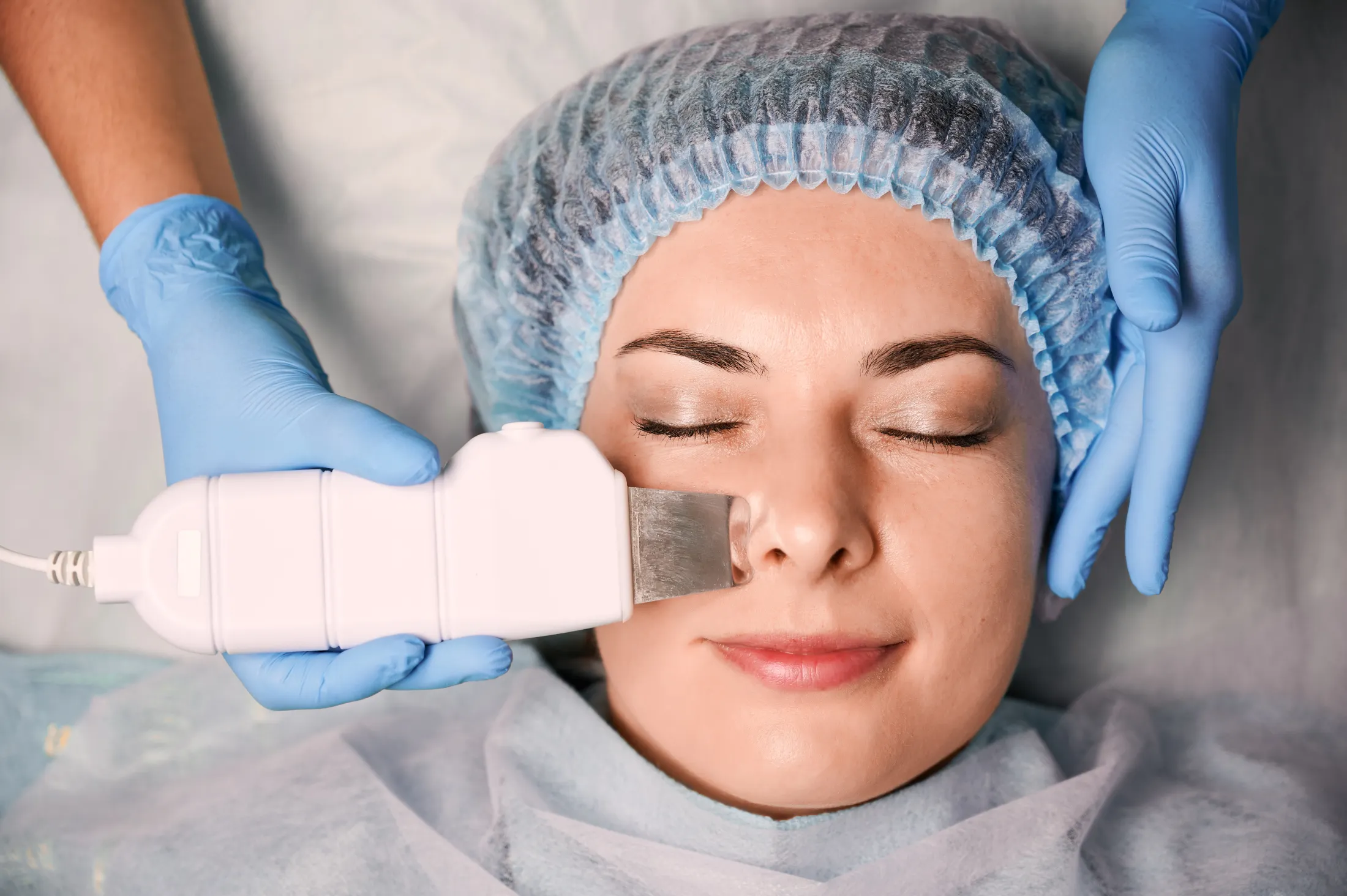
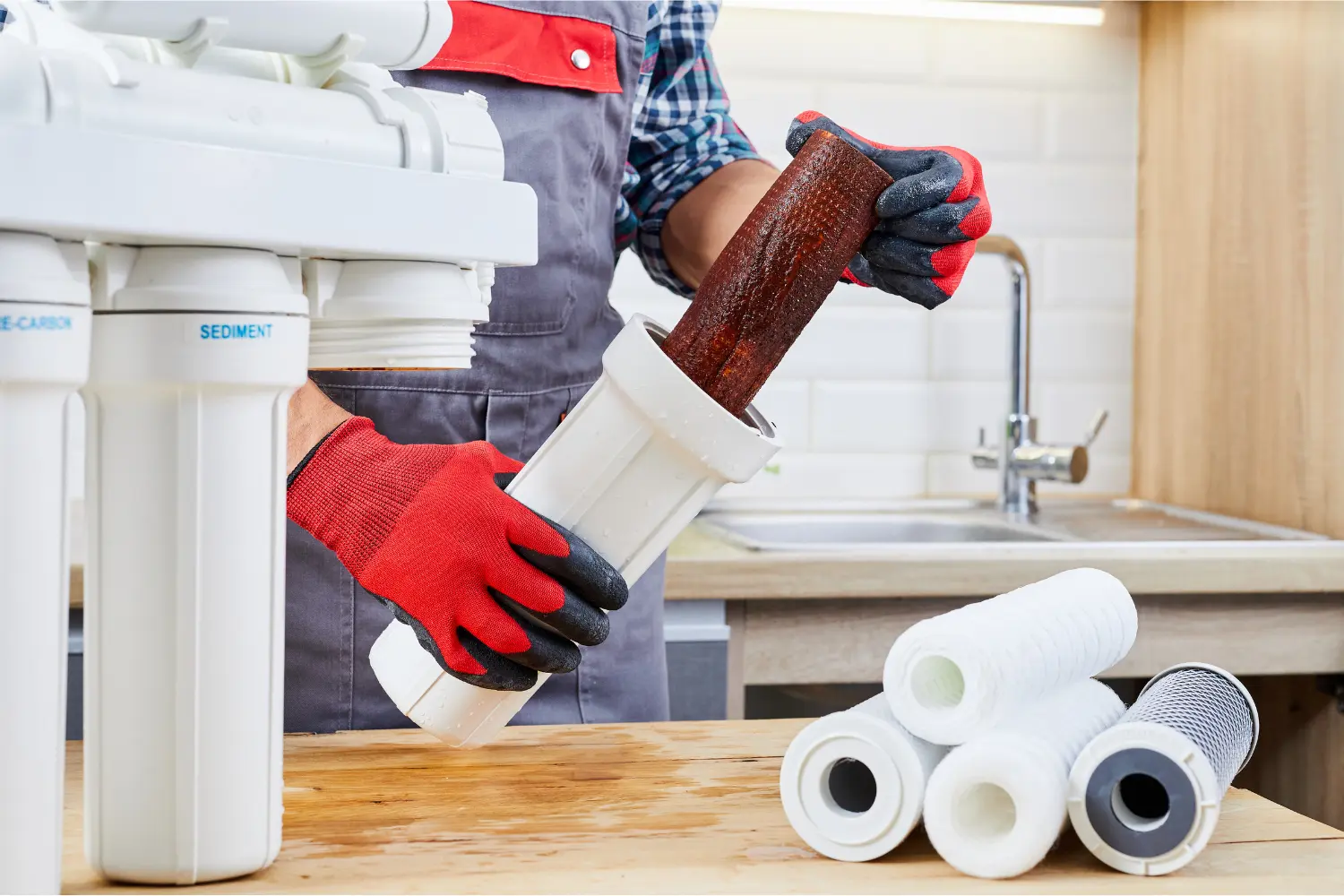



Leave a Reply